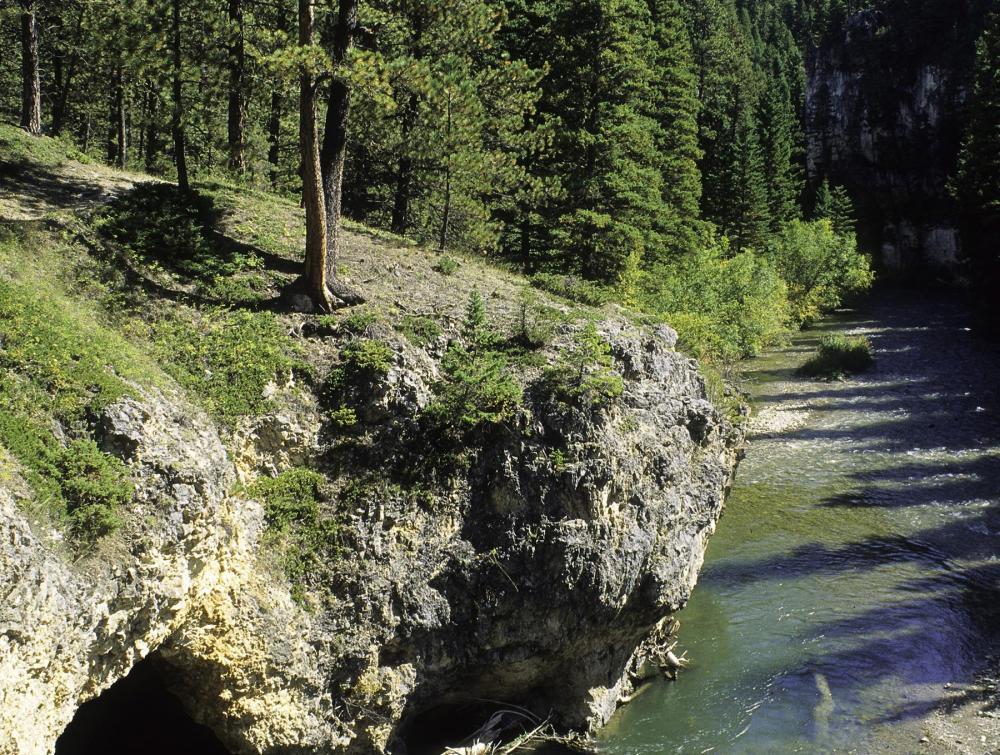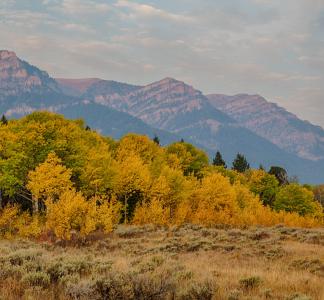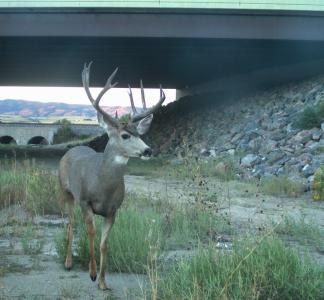Attack in Congress would strip protections from wilderness-like lands

Middle Fork Judith Wilderness Study Area, Montana
Courtesy of George Wuerthner
National park-quality “wilderness study areas” in Montana targeted
Picture craggy limestone and stands of shaggy green conifer straddling the limpid Middle Fork of the Judith River in Montana’s Little Belt Mountains. Trails crisscross the tranquil land around you and songbirds trill overhead.
Now imagine experiencing that scene and thinking: ehh, maybe we should protect all this stuff a little less.
Nutty? Maybe not if you’re Sen. Steve Daines. Right now, he's pushing a proposal that could open wilderness-quality land in central-west Montana to mining, drilling and other activities, proceeding with little public input.
Specifically, Sen. Daines’ new bill would strip protections from about 100,000 acres of “wilderness study areas.” The new attack would unceremoniously downgrade that protection and could lead to destructive development down the line.
In a recent statewide survey, just 6 percent of voters in Montana wanted to eliminate wilderness study area protections, while close to three-quarters wanted to either keep or increase them. Meanwhile, more than 7 in 10 Montanans support the goal of protecting 30 percent of U.S. lands and waters by the year 2030. Daines’ plan simply isn’t compatible with that vision
Montana wilderness study areas have high conservation value
We know exactly what’s at stake in Senator Daines’ bill. Findings published by The Wilderness Society in 2018 looked at wilderness study areas in Montana and found they are comparable to major national parks from a conservation standpoint. In some cases, they’re “wilder” and more valuable, and beloved by Montanans who hunt, fish and recreate in these special places.
The study looked at factors including how much road construction and other development has happened in the area; the presence of carnivores like grizzly bears and mountain lions; and whether the area is relatively free of light and noise pollution. We should protect these places for future generations—not leave them vulnerable to destruction and development, as Senator Daines’ bill would do.



